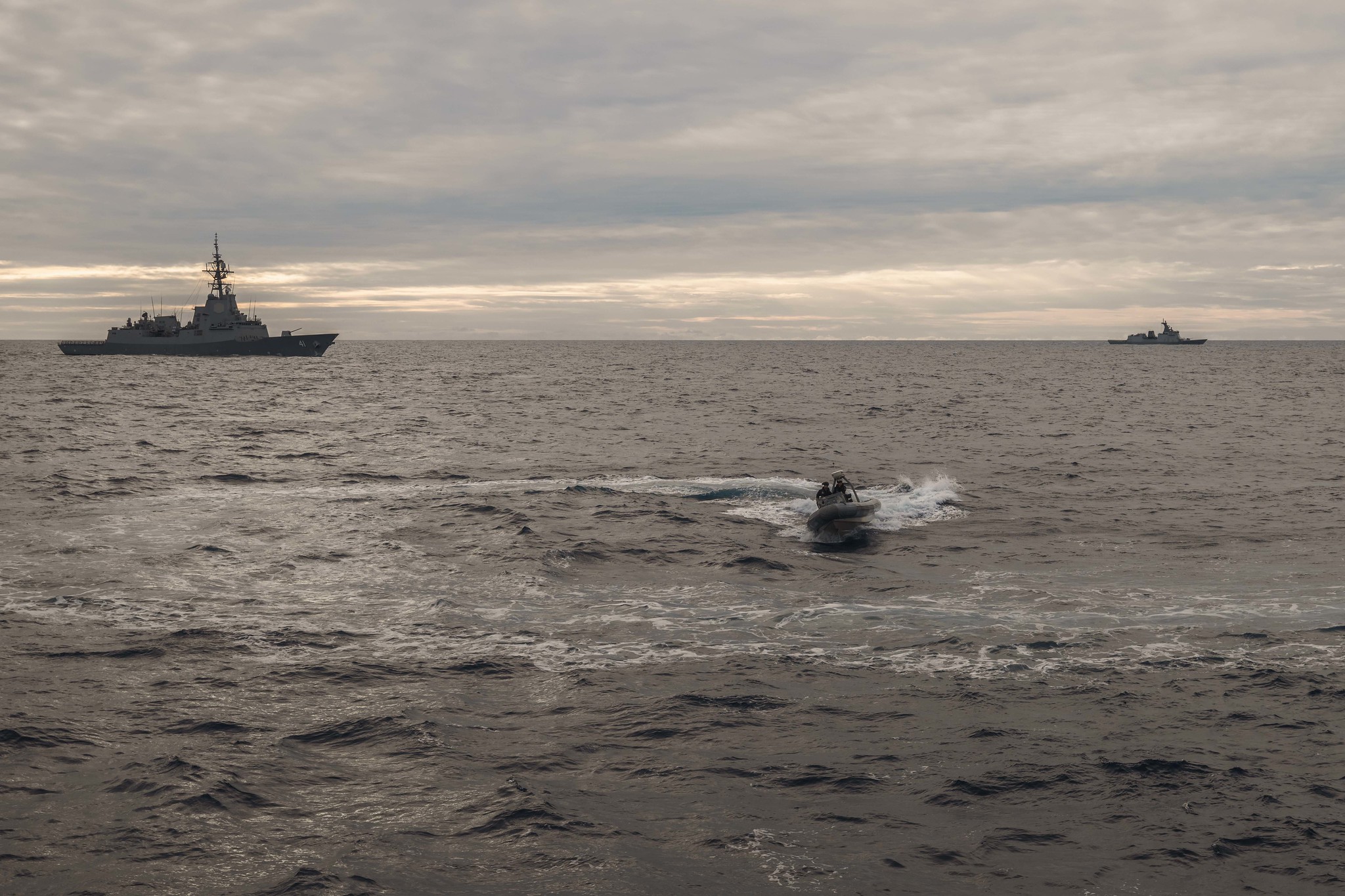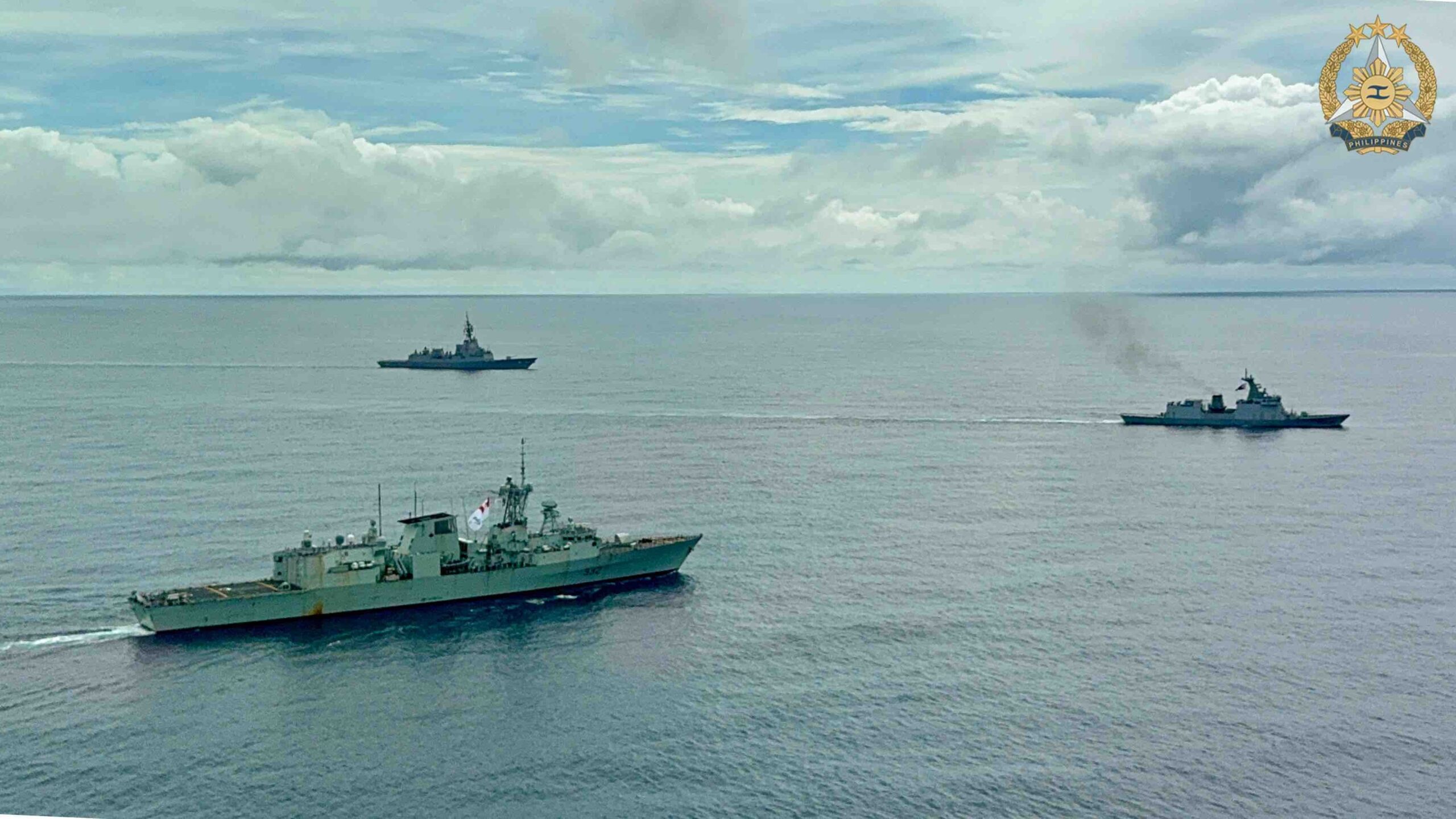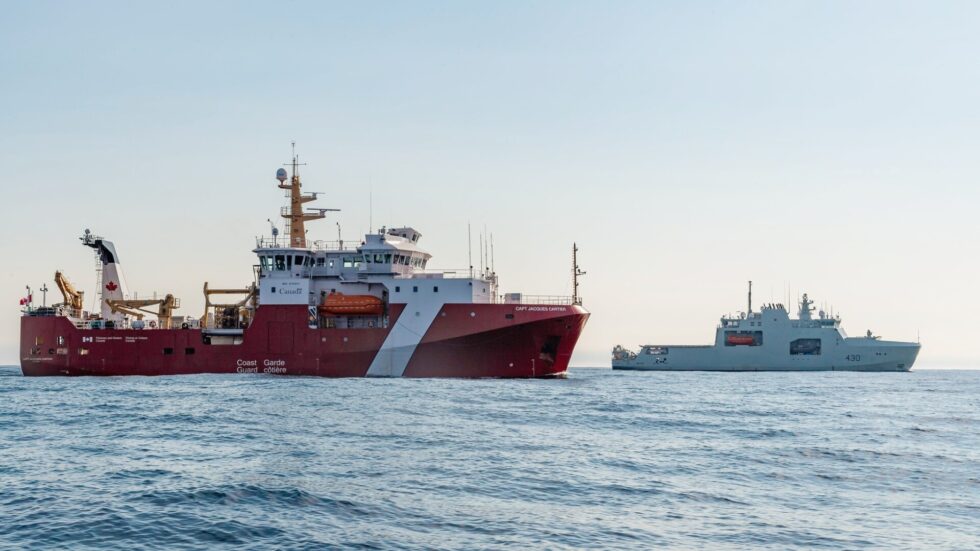
The BOREALIS initiative aligns with broader Canadian goals of enhancing sovereignty, security, and prosperity amid shifting geopolitical dynamics and technological advancements.

His Majesty’s Canadian Ship Ville de Québec is the first Royal Canadian Navy warship to integrate fully in a United Kingdom-led Carrier Strike Group.

What began as a platform for sustaining Canada’s presence in the Arctic has evolved into a multifaceted asset for international maritime security.

As one sailor put it once alongside: “We’ve sailed far, but Halifax is always home.”

A similar ceremony will take place in Halifax, Nova Scotia on October 3, where HMC Ships Shawinigan, Summerside, Goose Bay, Glace Bay, and Kingston will be paid off.

These visits to Nunavik reflect the Royal Canadian Navy’s broader mission to engage with remote communities.

HMCS Ville de Québec and the Australian guided-missile destroyer HMAS Brisbane sailed through the Taiwan Strait on September 6, 2025.

Australia, Canada, the Philippines, and the United States have completed a Multilateral Maritime Cooperative Activity (MCA), upholding the right to freedom of navigation, overflight, and other lawful uses of the sea within the Philippines’ Exclusive Economic Zone.

This change will enhance coordination across government and ensure Canada is even better prepared to safeguard its waters and coastline.

Carney’s tour highlights the intensifying competition between Germany and South Korea to equip the Royal Canadian Navy (RCN) with up to 12 new conventionally powered submarines, aimed at replacing the aging Victoria-class fleet by the mid-2030s.
Copyright 2010-2025 | Web site proudly hosted in Canada
| Powered by WordPress | Theme by TheBootstrapThemes